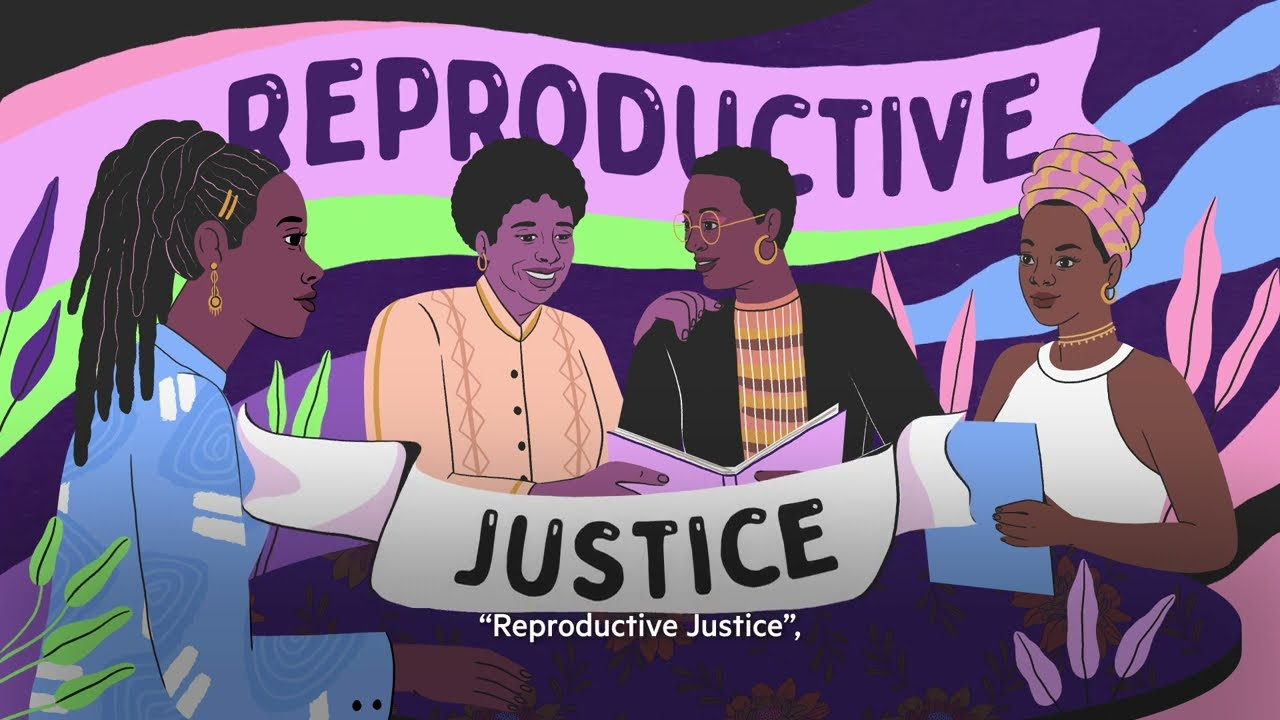Free Courses Sale ends Soon, Get It Now


Free Courses Sale ends Soon, Get It Now



Copyright infringement not intended
Picture Courtesy: Color Of Change
Context: The recent decision by the Supreme Court of India has created confusion and concerns about women's rights regarding abortion.
Key takeaways from the Supreme Court's verdict and its impact
Court's Decision
Impact on Women's Rights
Confusion in the Law
Global Implications
Equality and Mental Health
Foetal Viability
Criminal Law and Future Cases
Reproductive Justice in India
Features
|
Intersectionality |
●Reproductive justice in India recognizes the importance of considering intersecting social identities such as race, class, gender, sexual orientation, and other factors. Understanding how these factors intersect can help address the unique challenges faced by different groups within the population. |
|
Legal Framework |
●A strong legal framework is crucial for protecting reproductive rights. This involves not only having appropriate laws in place but also ensuring their effective implementation. Additionally, advocating for new laws that address emerging issues in reproductive health is important to adapt to changing societal needs. |
|
Healthcare Access |
●Equal access to quality healthcare services is a fundamental aspect of reproductive justice. This includes access to family planning resources and education, maternal healthcare to ensure safe pregnancies and childbirth, and safe and legal abortion services for those who need them. Ensuring access for all socio-economic groups is vital for achieving reproductive justice. |
|
Community Empowerment |
●Empowering communities, particularly women, with knowledge and resources is key to reproductive justice. This empowerment can happen through education and awareness programs that provide information about reproductive health, family planning options, and overall well-being. ●When individuals are informed, they can make autonomous decisions about their reproductive lives, leading to healthier outcomes for themselves and their families. |
Significance
Women's Empowerment
Population Stabilization
Health and Well-being
Steps Taken by India
Challenges
|
Socioeconomic Disparities |
●Access to reproductive healthcare is not uniform across different socioeconomic groups. Rural areas and marginalized communities often lack proper healthcare facilities, leading to disparities in accessing quality services. ●Economic limitations and lack of transportation further compound the problem, preventing many individuals from seeking timely and necessary reproductive healthcare. ●Socioeconomic disparities result in unequal access to essential services, leading to higher maternal mortality rates, increased prevalence of unsafe abortions, and limited family planning options for disadvantaged communities. |
|
Stigma and Cultural Norms |
●Societal stigma and deeply rooted cultural beliefs surrounding reproductive health topics create barriers to open discussions. Stigma often surrounds issues like family planning, safe sex, and abortion. This stigma leads to secrecy and misinformation, hindering awareness and limiting individuals' choices regarding their reproductive health. ●Stigma and cultural norms contribute to the perpetuation of unsafe practices, unintended pregnancies, and a lack of awareness about available reproductive healthcare services. This, in turn, affects the overall reproductive health of individuals, particularly women. |
|
Lack of Comprehensive Education |
●Limited or inadequate education about reproductive health hampers awareness among individuals. Lack of comprehensive sexual education in schools and communities results in misconceptions and misinformation. Many people are unaware of the available family planning methods, safe sexual practices, and reproductive rights. ●Lack of education leads to unplanned pregnancies, unsafe abortions, and the spread of sexually transmitted infections. It also contributes to the perpetuation of harmful traditional practices and beliefs, further endangering the reproductive health of individuals. |
|
Overburdened Healthcare System |
●India's vast population puts immense pressure on the healthcare system. Overcrowded hospitals and understaffed clinics result in longer waiting times, reduced quality of care, and limited time for healthcare providers to educate patients about reproductive health. ●An overburdened healthcare system affects the accessibility and quality of reproductive healthcare services. Longer waiting times and limited resources may discourage individuals from seeking necessary care, leading to delayed or inadequate reproductive healthcare interventions. |
Way Forward
Comprehensive Education
Community Sensitization
Improved Healthcare Infrastructure
Legal Reforms and Implementation
Research and Data
Conclusion
Must Read Articles:
ABORTION RIGHTS IN INDIA: https://www.iasgyan.in/daily-current-affairs/abortion-rights-in-india
|
PRACTICE QUESTION Q. What are the key challenges and initiatives concerning reproductive justice in India, and how do social, economic, and cultural factors impact access to reproductive healthcare and family planning services for women and marginalized communities in the country? |
© 2024 iasgyan. All right reserved